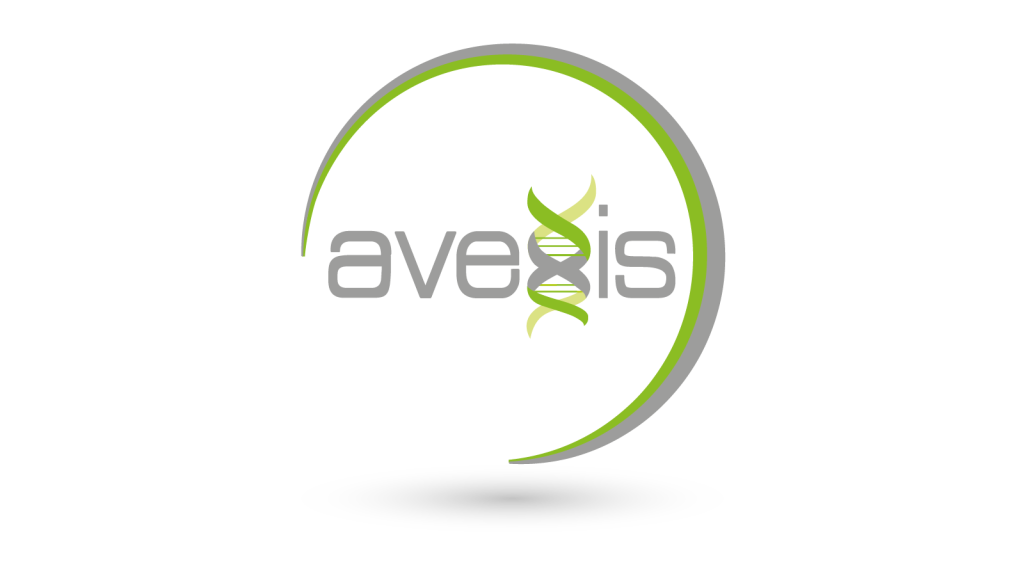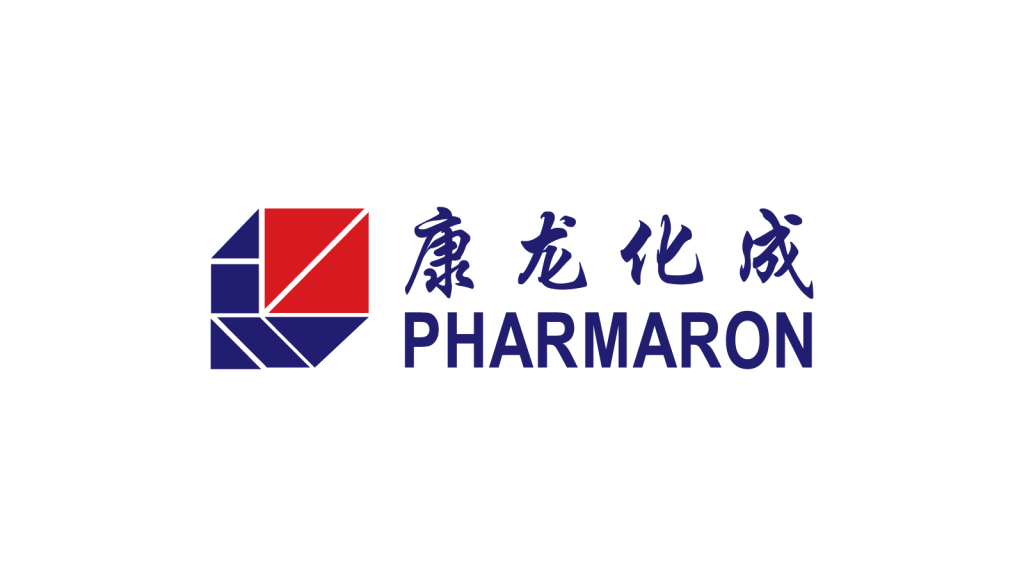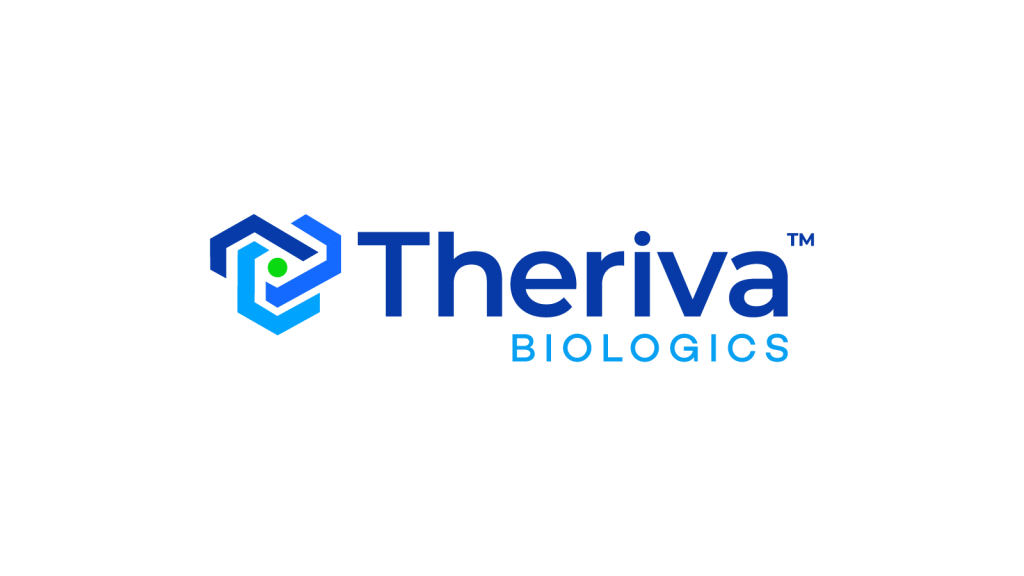Cornerstone® Biomanufacturing Development Services for Extracellular Vesicles (EVs) and Exosomes provide comprehensive solutions, including adherent 2D and 3D cultures and bioreactor scaling from 250mL to 10 liters, with a focus on DSP optimization for a holistic approach.
Downstream processing options include single-step or full processes, ensuring integrity and safety of the final product . The purification approach allows for single-step chromatographic purification, effectively reducing non-vesicle contaminants like host-cell DNA and proteins, with fast, high-resolution convection-based mass transfer. For targeted isolation of specific vesicle types, polishing chromatographic process allows for the discrimination of vesicle populations. Detailed reports with results and SOPs support seamless integration.
A complete set of characterization tools is crucial for process control and product characterization. The PATfix multiple detector setup enables at-line monitoring, tracking impurity profiles and yields, providing valuable insights for optimizing the purification workflow.
Cornerstone for EV Upstream Process Development
The Upstream Process Development for EVs will focus on:
- Raw Material Benchmarking
- Small Scale Optimization of Transfection or Infection Parameters
- Optimization of Scale-Independent Bioreactor Parameters
- Process Selection Based on Process Analytical Technology
- Scale-up of 3D Adherent Cultures and Process Verification
Cornerstone for EV Downstream Process Development
The Downstream Process Development for EVs will focus on:
- Development of Sample Pre-Treatment (Optional Step)
- Chromatographic Method Evaluation – Capture Step
- Chromatographic Method Evaluation – Polishing Step (Optional Step)
- Conditions Optimization Using DoE
- Process Selection
- Process Verification
The Role of Analytics in EV and Exosome Process Development
For process development of EV samples we use a variety of analytical methods to ensure proper quality, from source samples to the final product
- PATfix SEC method – impurity composition, MALS sizing, relative product quantity and identity with immuno-labeling for EV-enriched surface markers (routine for tertraspanins, CD63, CD9 and CD81, possible optimization for any surface marker)
- PATfix AEX using CIMac columns for sample fingerprinting – product and impurity composition
- Semi-preparative and analytical applications using 2D chromatography on PATfix VS – composition of complex samples, screening of samples, conditions or method development
- Orthogonal methods: flow cytometry for nanoparticles, NTA, Western blot
For capture and polishing steps for EVs we use CIMmultus columns. We employ IEC or PXC methods in one or two-step chromatographic processes depending on the final product purity and concentration specification. For DoE screening and optimization of the process we use MODDE software.
Why Choose Cornerstone® EV Process Development Services?
By partnering with us, you’ll benefit from:
- Comprehensive characterization tools for ensuring EV identity, integrity and quality throughout the process.
- Experience with a variety of EV sources and tailored approach to specifics of each EV product.
- Established isolation procedures on catalogue CIM line products, enabling streamlined development and scale-up
- Fractionation of EVs for precision isolation of target subpopulation.
Additional Resources

Hear From Our Customers
Do You Have a Question?
FAQ About Other Viruses and VLPs Process Development
The majority of cell lines utilized for the production of extracellular vesicles and exosomes, such as MSCs and modified cancer lines, are of the adherent type. The conventional method, which relies on two-dimensional systems like cell flasks and stacks, has difficulties in scaling up production due to limitations in space and resources, particularly in terms of handling time and consumables. 3D systems, which use cell carriers suspended in media, have developed in response to these challenges. These systems enable the application of suspension approaches like stirred tank and rocking motion bioreactors, additionally increasing the surface-to-volume ratio, and thereby greatly improving vesicle concentration.
Even more important than particle concentration is to ensure that your process delivers a product with the desired activity. This is typically assessed using a cell-based test appropriate for the assessment of the desired effect. With this assay available, the most effective approach would be to evaluate different variables and their interactions in the producing of your target particle, such as cell density, induction (where relevant), production phase duration, production media composition, and others. Conditions in the cell growth phase also play an important role in the output yield. Finally, transitioning from 2D to 3D systems increases cell concentration in production media due to a larger surface-to-volume ratio.
The traditional method for detecting the concentration of extracellular vesicles is nanoparticle tracking analysis (NTA). While this approach is effective for fast quantification, it has some important drawbacks, such as large variation and low specificity (it measures all particles, including aggregates, damaged vesicles, and debris). Furthermore, some media may contain particles that contribute to the count with a substantial background. Total protein and total DNA or RNA levels are sometimes measured, however the results are restricted in their relevance. In recent years, several lipophilic dyes employed for labelling membrane structures have been developed, which have been paired with flow cytometry methodologies to attempt better quantification of membrane structures. To address this concern, our team developed an analytical chromatography-based method that combines PATfix size exclusion chromatography with tetraspanin labelling, tagging and quantifying only larger particles that carry these exosome markers. For even greater precision, size exclusion chromatography was combined with anion exchange separation of vesicle population on a CIM QA HR column in the form of a PATfix EV Switcher.
One of common issues, especially in MSC cultivation, is the presence of phenol red in non-cGMP media available on the market. This pH indicator can not only affect signaling pathways in cells, but also have a negative effect on purification. Another important consideration is that all adherent cells are originally grown in media supplemented with some form of serum or its derivative, usually FBS or hPL (human platelet lysate, xeno-free option). Besides the potential risk of infectious reagents presence in such products, and limited availability of cGMP-grade products, these already contain tetraspanin-positive particles. There are some vesicle-depleted supplements on the market, usually coming with a trade-off in form of impacted cell growth, division and viability (see our poster). Adherent cells can be cultivated under chemically specified conditions by using albumin-rich FBS replacements. These products, when analysed by NTA, typically contain some particles, which contribute to the total particle count in exosome harvests.
EV feedstreams contain different impurities depending on their source. The cell culture media components contribute to the majority of impurities, in some cases animal or human derived-components that may affect the final product in unpredictable ways. Cultured cells release proteins, nucleic acids and other by-products in the surrounding media. Lysed cells release chromatin that is immunogenic and apoptotic bodies that can be co-isolated with the desired EVs. Blood, AF and CSF-derived EVs may harbor human pathogens in addition. All of these components affect the final product quality and safety.
Vesicle production can be influenced by various conditions, so it is essential to monitor the process carefully and thoroughly. Existing analytical approaches provide limited information and should be integrated to provide a more comprehensive understanding. We advise closely monitoring the cell culture parameters, nutrients and metabolites in the spent medium, as well as any pathways that are crucial to the desired effect. When considering the product, it is important to accompany exosome concentration, size, and distribution data with selected functional assays. The PATfix EV Switcher has shown to be a valuable instrument for predicting the behaviour of upstream materials all throughout the purification process
We can develop and optimize an entire upstream process, from 2D flatware to 3D microcarrier systems, and scale it up to 10L, beginning with the cell line of your choice. We will procure all Sartorius products utilized during the process development phase, and we can also offer assistance with the licensing of all those that will be implemented in your final process. As long as you can obtain a suitable license, products from other vendors are welcome as well. We consistently develop upstream processes with ongoing input from our downstream team. Consequently, unless otherwise agreed upon, we will develop a process that aligns with our typical DSP workflow using proven protocols (one or two chromatographic steps depending on the final product needs). In order to maximize the bioprocess efficiency, downstream can be additionally co-optimized with upstream.
If you would like to take benefit of our downstream process optimisation service, we can assist you by generating adequate quantities of material in accordance with your standard operating procedure (SOP) or protocol, including materials for conducting robustness studies. One significant advantage is that your material does not need to be frozen and shipped between the upstream and downstream processes. Upon completion of the project, any material generated in our laboratories utilising your cells and procedures can be either returned to you via shipment or disposed of in accordance with local regulations.
Consult Our Experts
Our experts would be happy to discuss your project. Fill the contact form below or send us an email to cornerstone@biaseparations.com



